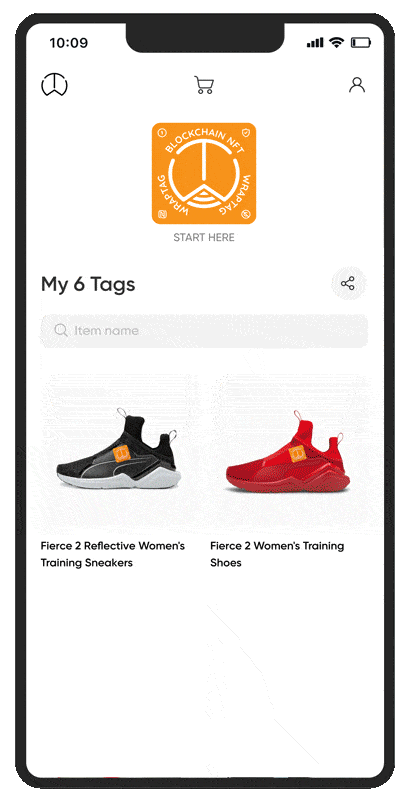NFTs are a relatively young technology that has already found a variety of uses outside of the traditional NFT use, which is currently mostly used to exchange artwork and gaming characters.
NFTs may represent physical goods, digital material, and even ethereal concepts like intellectual property. It’s ridiculous to think of it outside of digital media, outside 2D or 3D graphics, yet it has a variety of real-world applications…at least for now.
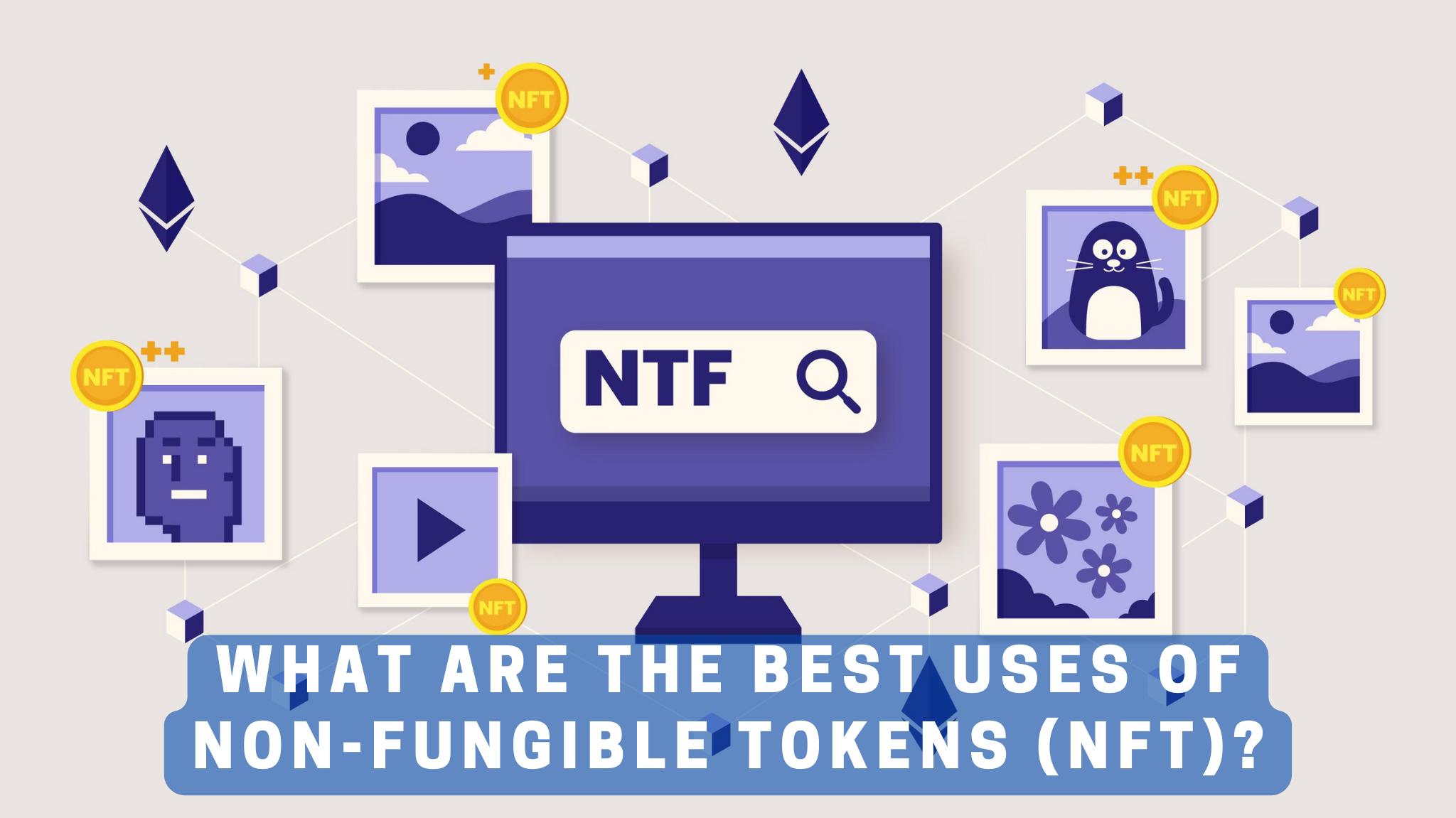
Table of Contents
NFTs Assure Product Authenticity
NFTs may be used to ensure that the thing you’re purchasing is authentic. Because the blockchain can store product information permanently, tangible products will soon be able to be tested for uniqueness and authenticity. NFTs may also be used to track information about the manufacturing process, ensuring that everything is done fairly.
NFT uses are not limited to consumer items. Therefore, numerous organizations have previously used NFTs for industrial design prototyping with success.
Because the track record is public in this scenario, items that falsely claim to be created and supplied in a given nation will eventually be discovered.
NFTs in Real Estate
NFTs could be used to transfer land deeds, provide proof of ownership and even keep track of changes in property value over time using timestamped NFTs.
One of the most NFT-ready industries is real estate. NFTs may be used in real estate to simplify and speed up transactions, enabling smart contracts for properties (allowing automated payments), and even building decentralized house rental services – all while safeguarding sensitive data such as credit card numbers.
Basically, imagine learning all you need to know about the property you’re going to purchase with just a few clicks on your phone. Know when the property was created, who owned it initially, what changes were made, and everything leading up to your purchase.
Intellectual Property and Patents
NFTs are excellent for safeguarding intellectual property and patents. Also, NFT tokens enable users to demonstrate ownership of any piece of material, which is not achievable with standard IP rights tools like trademarks and copyrights.
Ownership of an IP can be determined, especially using timestamps and the IP’s whole history. The NFT chain would be immutable, which implies that the NFT owner could show they were the original originator of a piece of labor at any point in time.
The same may be said for patents; NFTs can be used to protect and authenticate ownership of an idea or invention. Accordingly, NFTs might potentially offer the essential data for verification, resulting in the creation of a public ledger that chronicles all patent-related transactions.
Academic Credentials
NFTs are also an effective technique to display academic qualifications. Accordingly, NFTs can give proof of attendance, degree achieved, and other essential information that is recorded on the NFT chain and cannot be edited or hacked. By distributing tokens for each course finished and certifying any degrees achieved using smart contract verification methods. Afterward, NFTs may generate immutable records for courses done.
Undoubtedly, issuing paper certificates will become obsolete in the future. As a result, NFTs will be used as a record of academic performance, and NFT education tokens can be transferred to other people, providing proof that the person who holds them achieved such an NFT.
Gaming Industry
NFTs and the gaming business are a perfect combination. By permitting NFT cross-platform gameplay, NFTs may be incorporated into the gaming industry. In this case, NFTs provide game creators with a new option to spread their brand and generate cash, while gamers are given additional reason to continue playing a game if they already own characters or goods in it.
NFTs also make it easier to trade in games, which can raise the value because NFT objects in games might have varying degrees of rarity. Hence, owners of NFTs won’t have to worry about fraud since there is no middleman; transactions are completed quickly over the blockchain. This brings up previously unimagined options, such as purchasing guns or other equipment that has been evaluated by people who have used it.
For example, this is the use case that games like Axie Infinity and other forthcoming blockchain games are already fully utilizing.
NFTs in Ticketing
NFTs will be used to replace tickets in the near future. Parking permits, for example, can be substituted with NFT tickets with a unique ID, which you then provide for validation when entering the restricted area.
This eliminates fraud concerns and decreases paper use because NFT owners only require one token rather than several copies (similar to how we don’t print our money). Similarly, the same approach applies to bus tokens or other modes of transportation when payment is verified at many points throughout your route using scanners.
>> Learn more about WrapTag <<
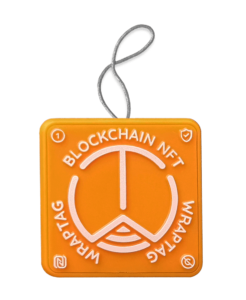
Start your journey
WrapTag App lays on top of the web 3.0 foundation, which differentiates its operation from traditional web apps.
Get KEYRING PRO
To start using the WrapTag app, the user will need to have a ready-to-use wallet as KEYRING PRO. It allows user to sign in decentrally without prior registration.
- Download KEYRING PRO (iOS, Android, APK)
- Open KEYRING PRO
- Choose your language
- ‘Create new account’, or import one
- Choose TomoChain
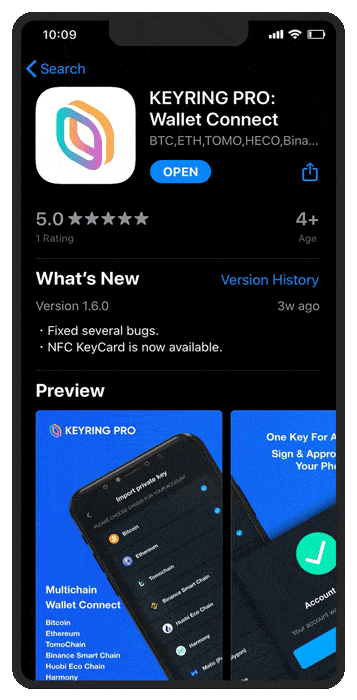
Sign in to WrapTag App
Once your wallet is ready, you will need to sign in to use WrapTag App.
- On your mobile browser (Chrome, Safari, Firefox, etc.), go to app.wraptag.io
- Tap ‘Connect to wallet’
- Choose KEYRING PRO, Tap ‘Connect’
- On KEYRING PRO, choose your account then tap ‘Connect’
- Switch back to your Browser
- WrapTag home screen will appear
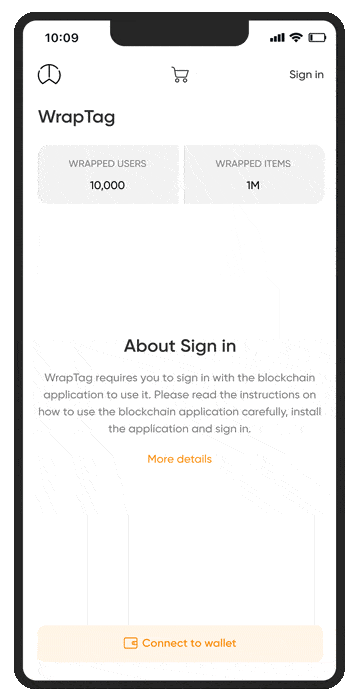
How to scan NFC Tag?
It only takes a few seconds to scan NFC Tag with WrapTag App.
- Tap ‘Start here’
- Scroll down, choose ‘Scan’
- Scan NFC Tag
- Then, choose your account, then tap ‘Connect’
- Once the NFT Certificate appears, tap ‘View’
- You will be able to view the wrapped item with details.
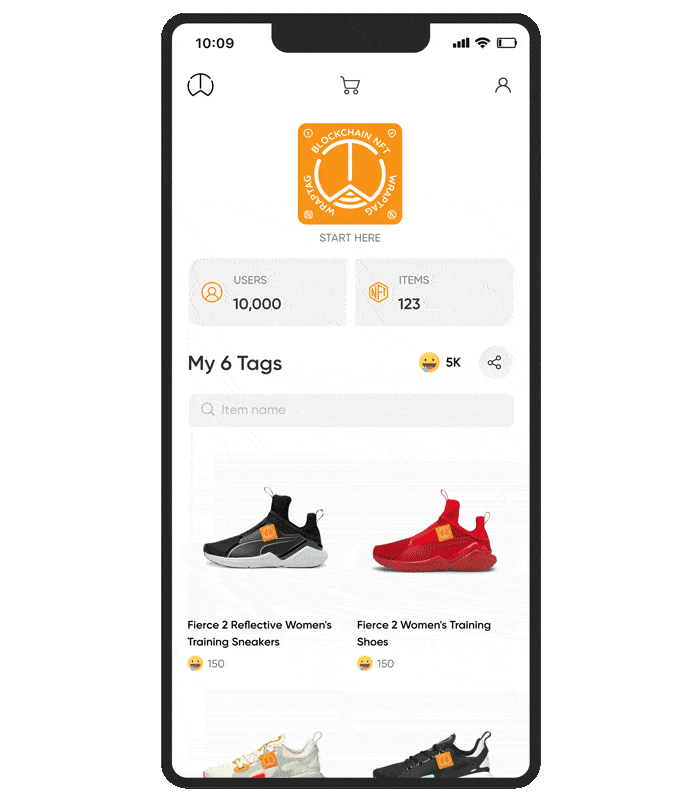
How to rewrite NFC Tag?
You can always rewrite, or replace your NFC Tag with WrapTag App.
- Tap ‘Start here’
- Scroll down, choose ‘Replace’
- Choose the broken WrapTag
- Tap ‘Transfer’
- Scan the new WrapTag
- Tap ‘Transfer NFT’
- A new NFT Certificate of the new WrapTag will appear.
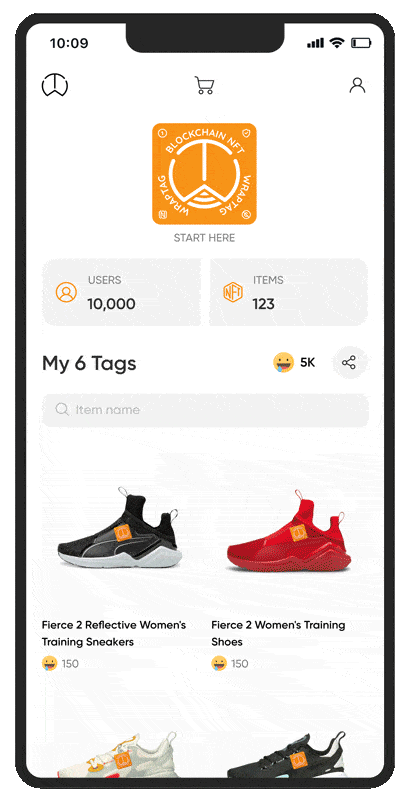
Where to buy NFC Tags?
You can purchase NFC Tags directly on WrapTag App.
- On the home screen section, tap the ‘Cart’ icon
- Choose types of Wraptag, tap ‘Add to cart
- Tap the ‘Cart’ icon
- Set an amount, Tap ‘Check out’
- On the confirmation screen, tap ‘Confirm’
- Tap ‘Add card’
- Fill in your card info, tap ‘Next’
- A popup will confirm your card, tap ‘Next’
- Tap ‘Next’
- Your order will appear in the purchase history screen.
